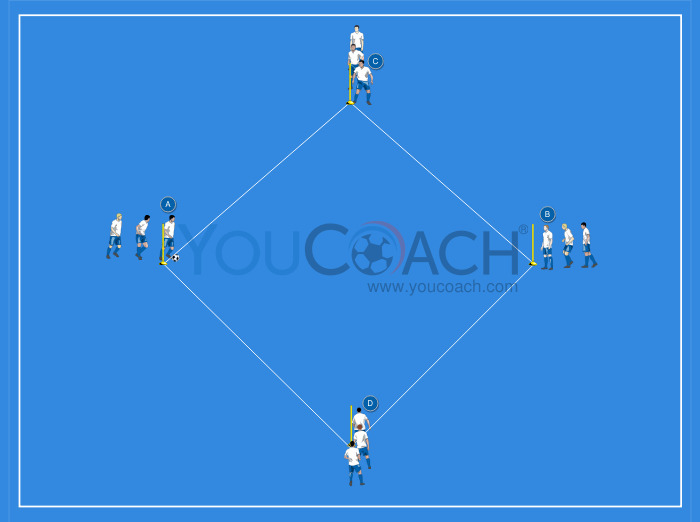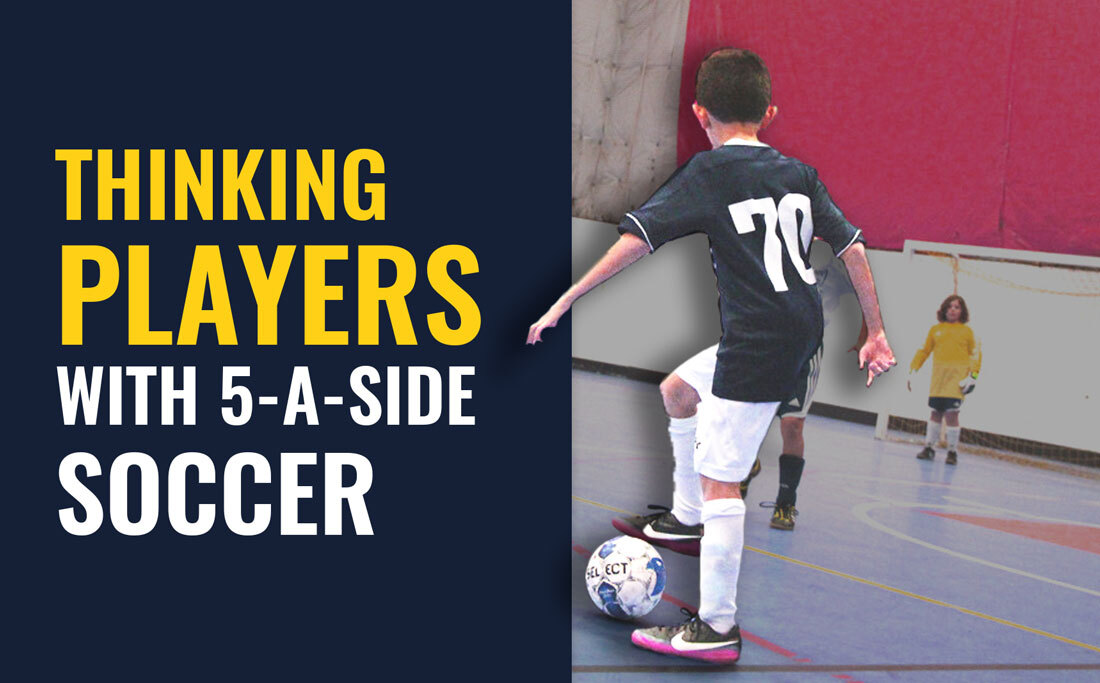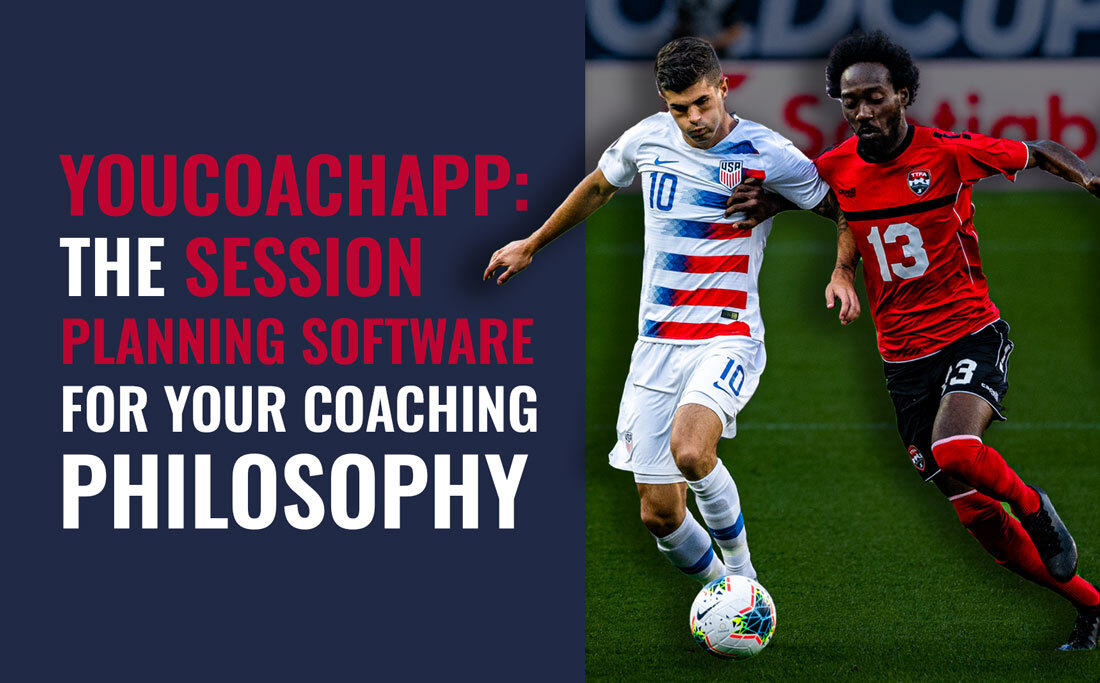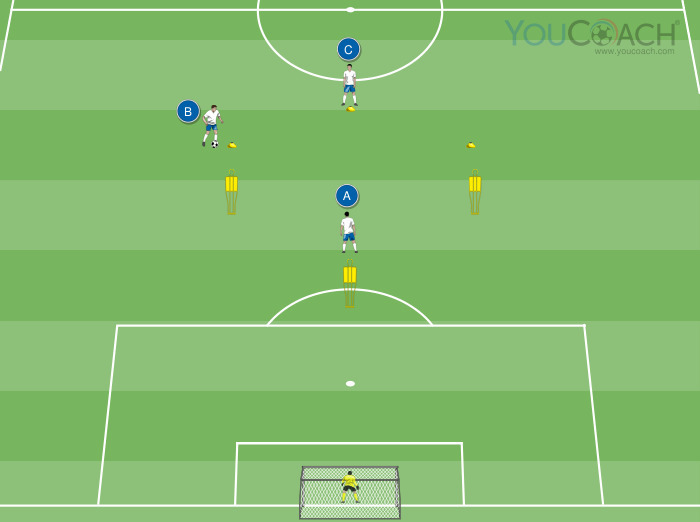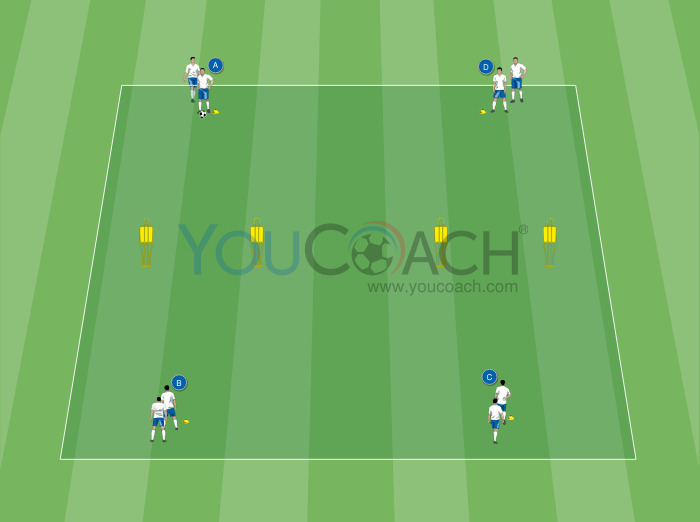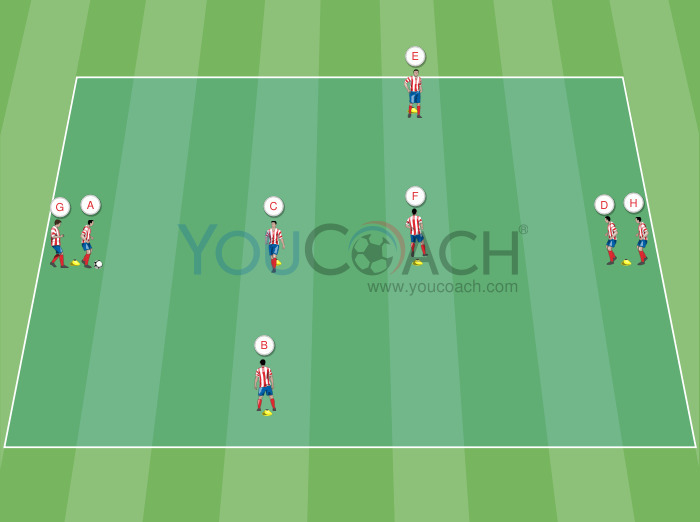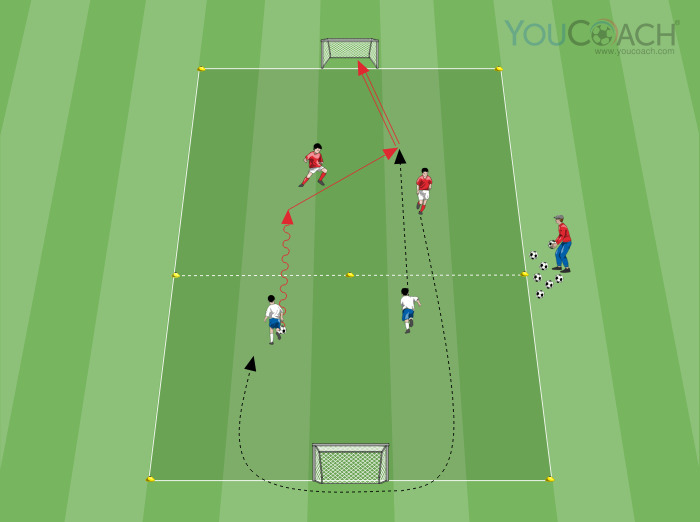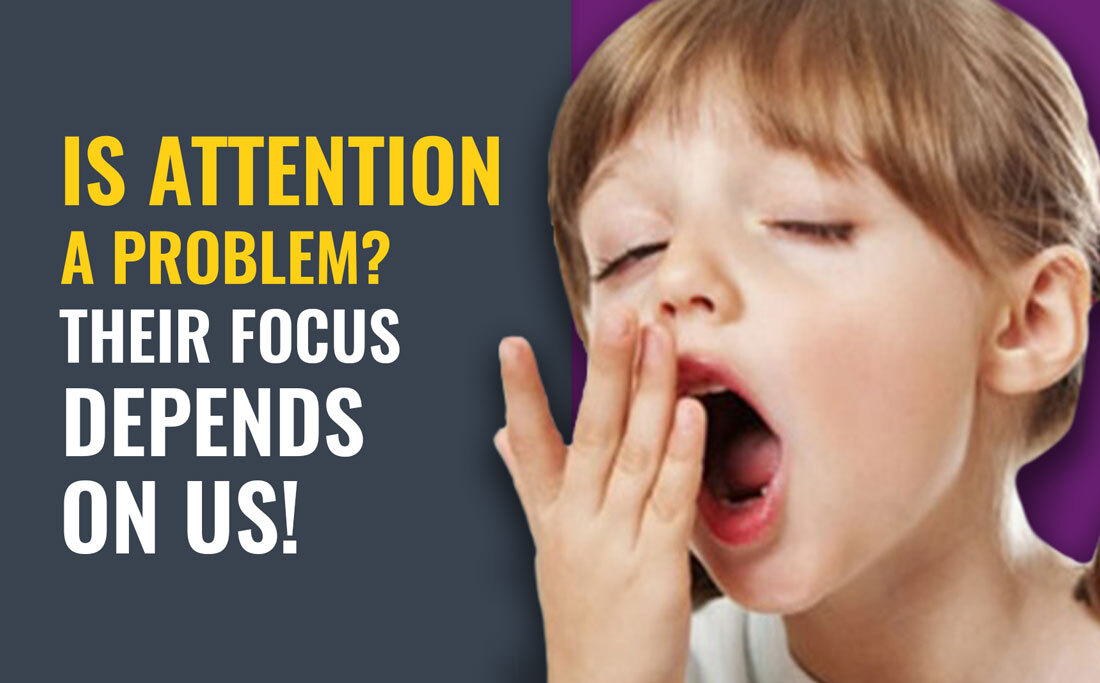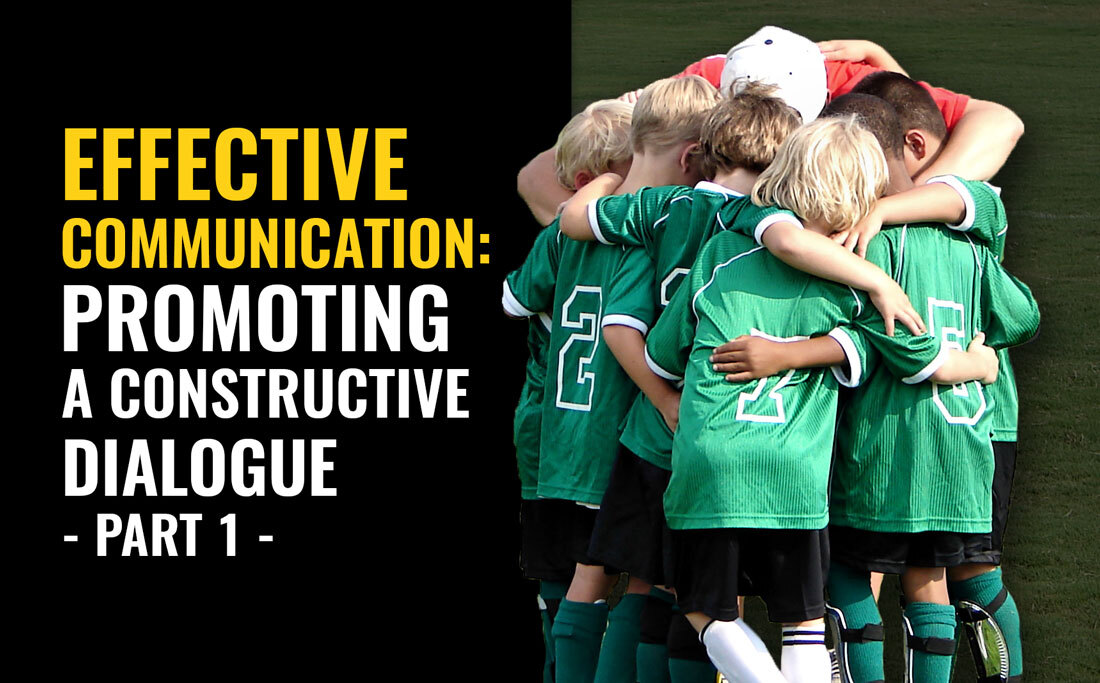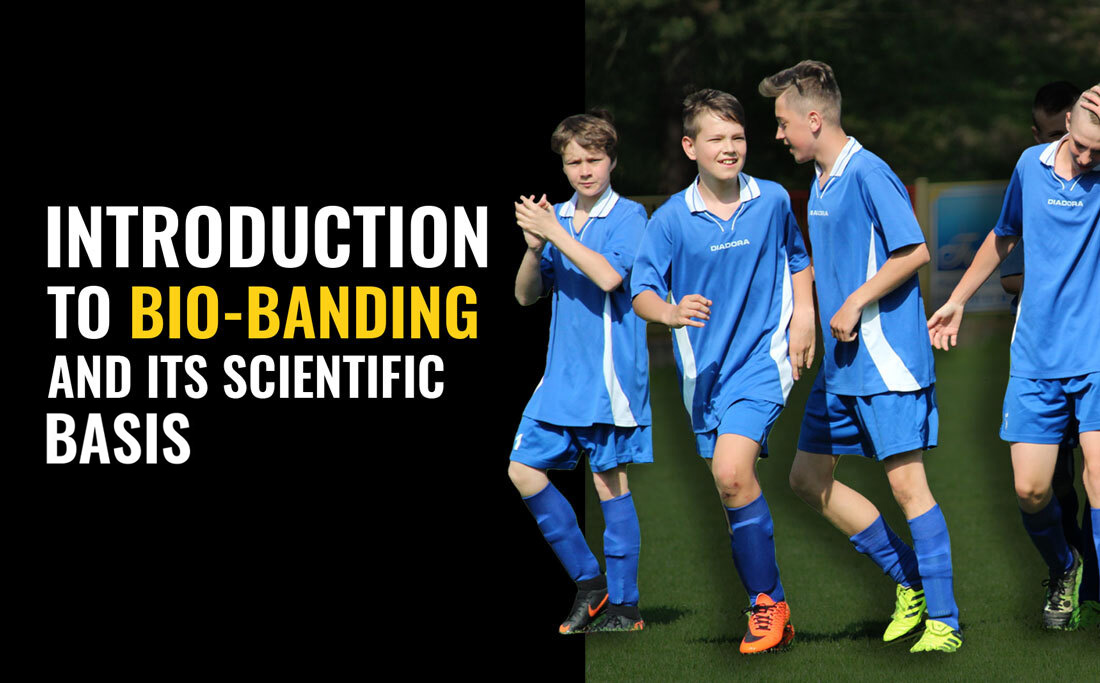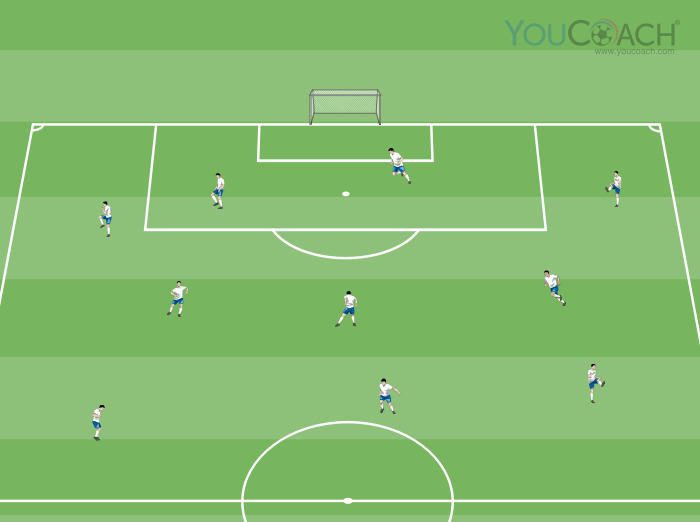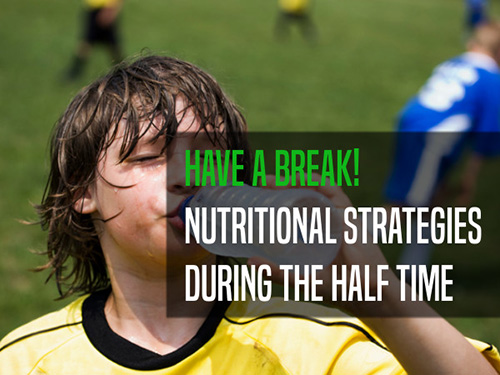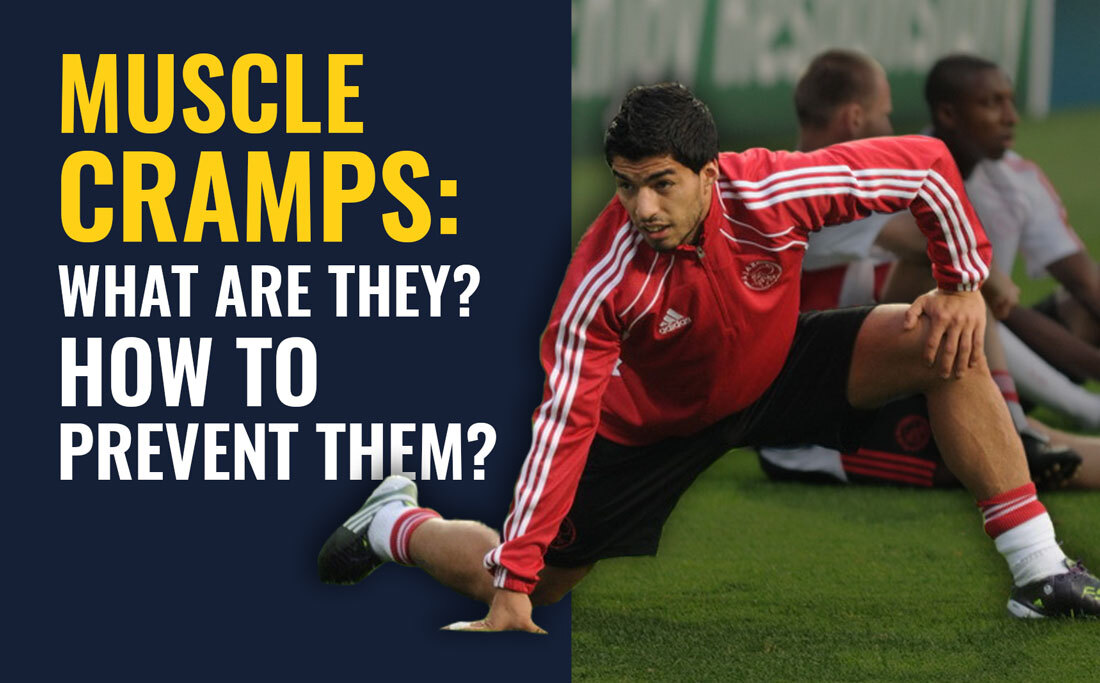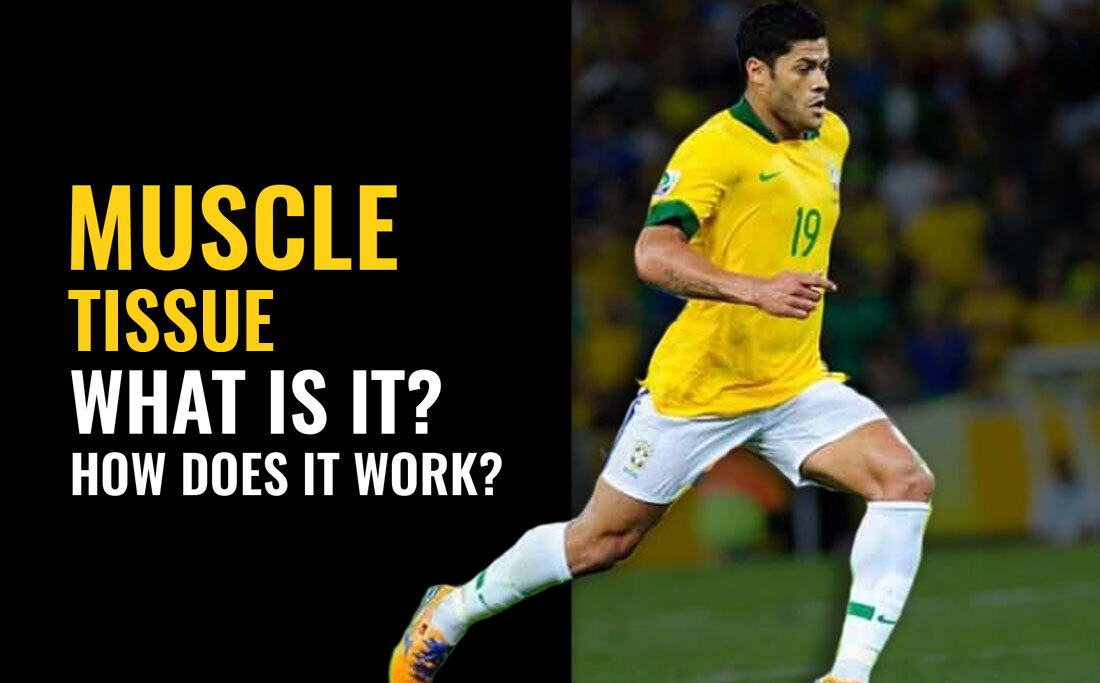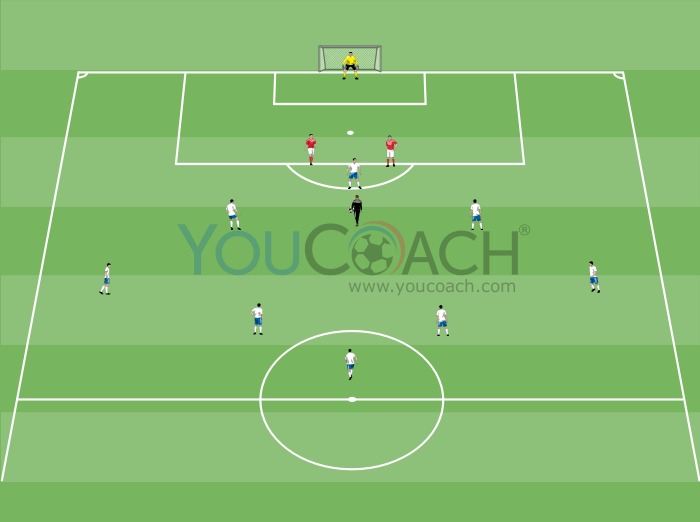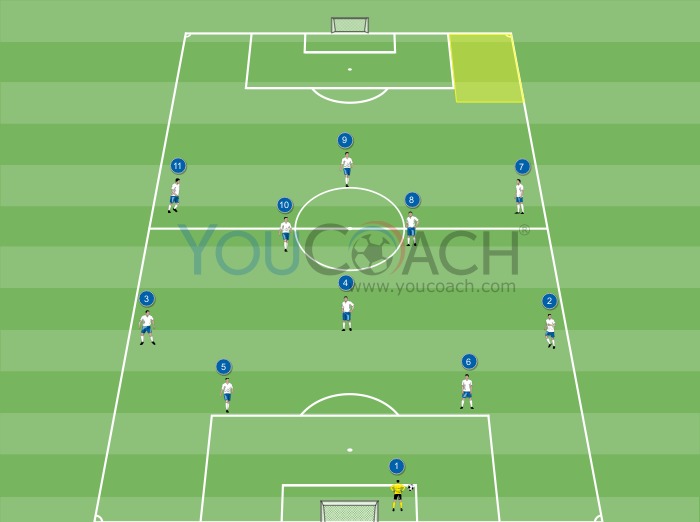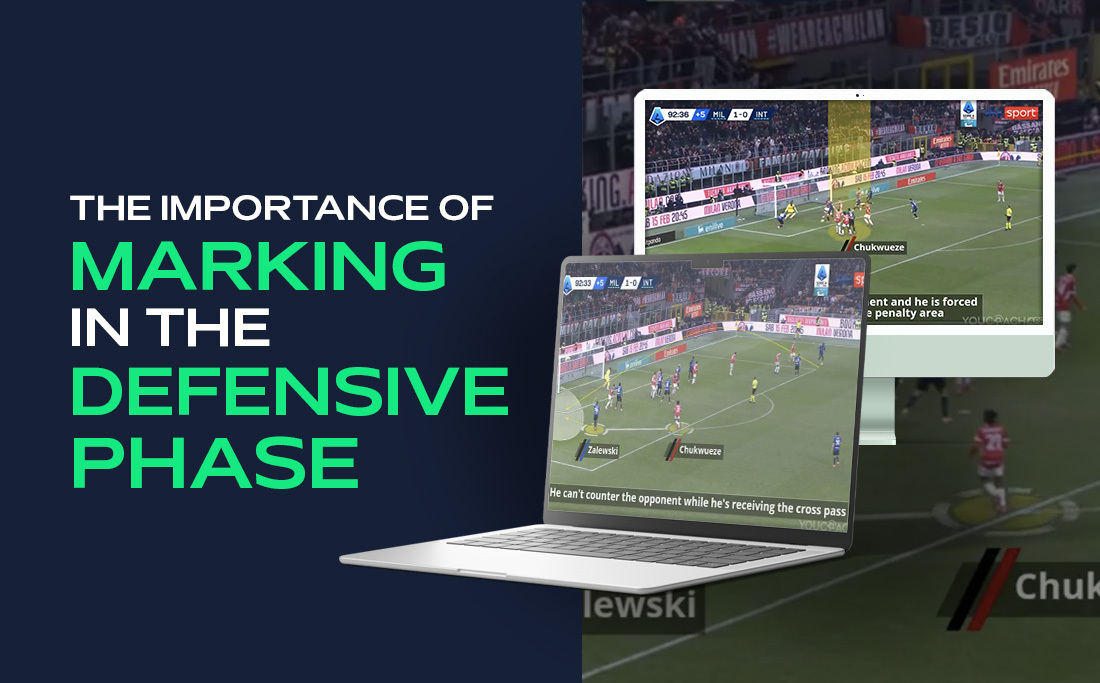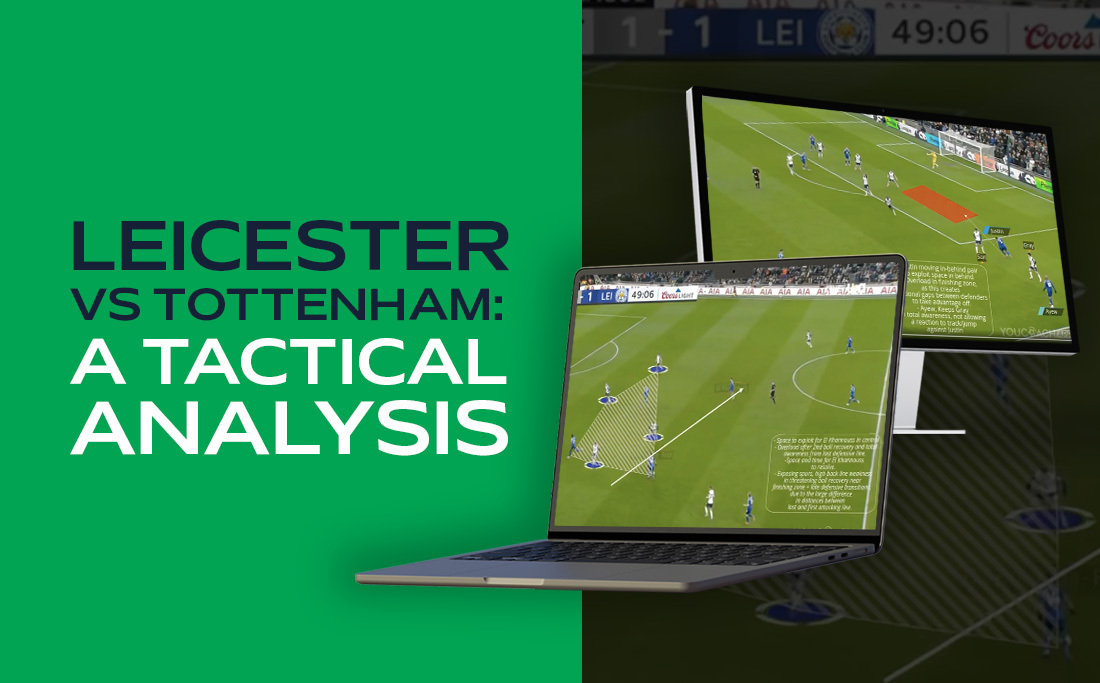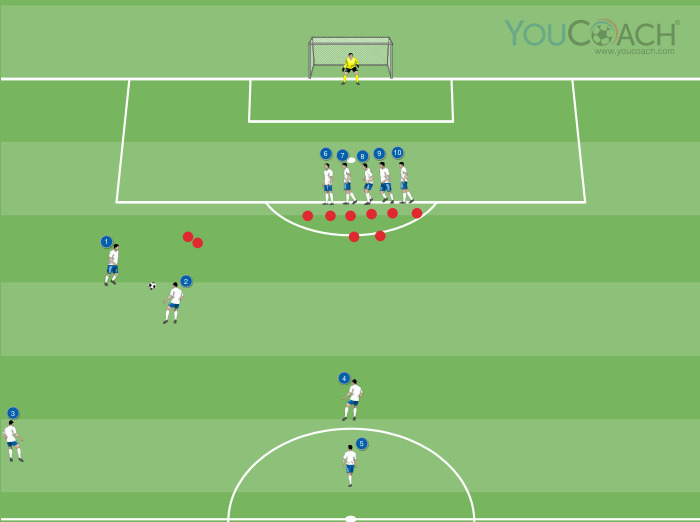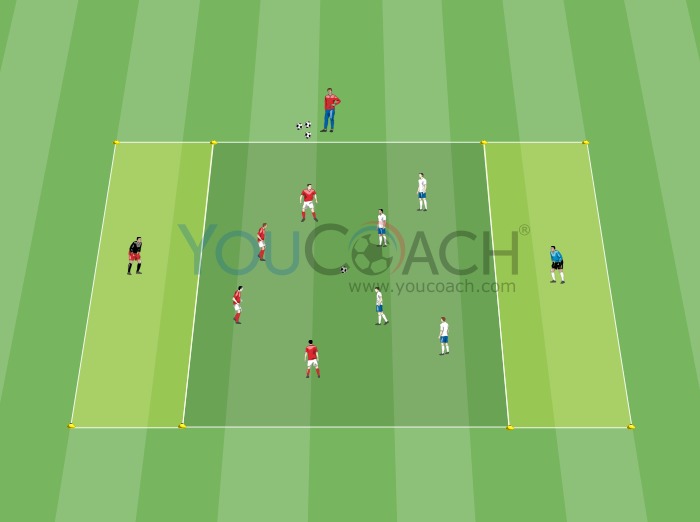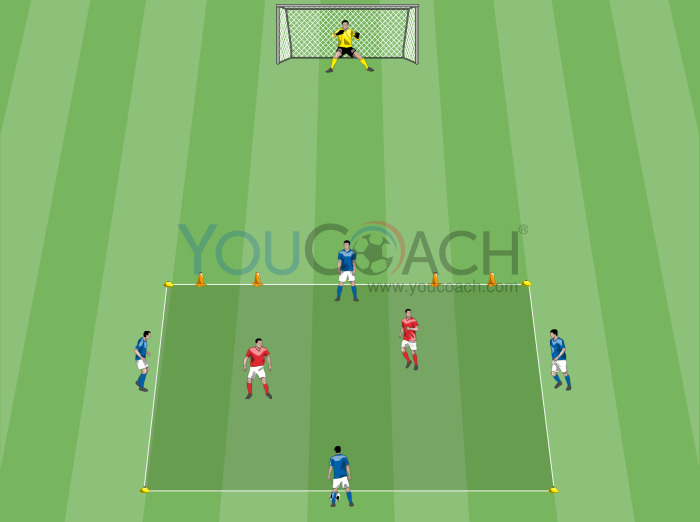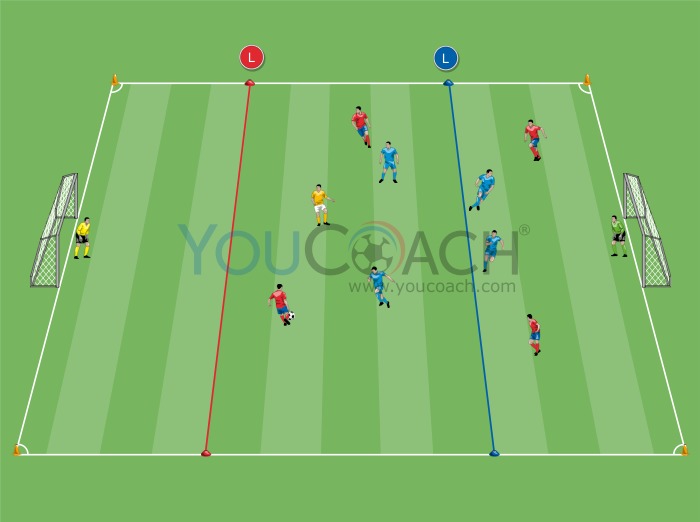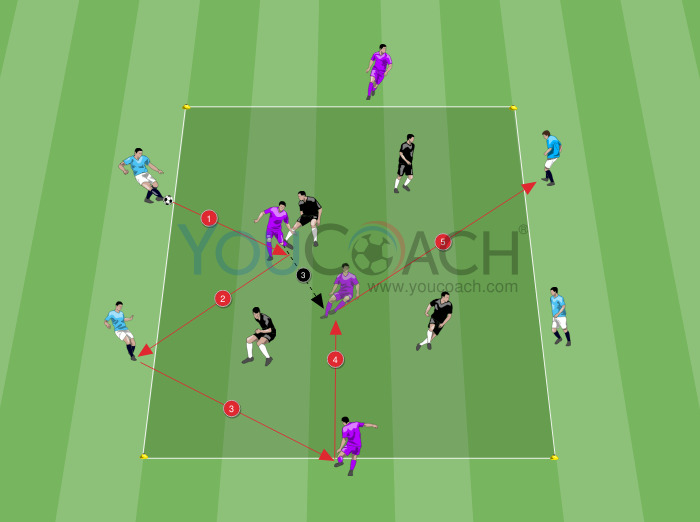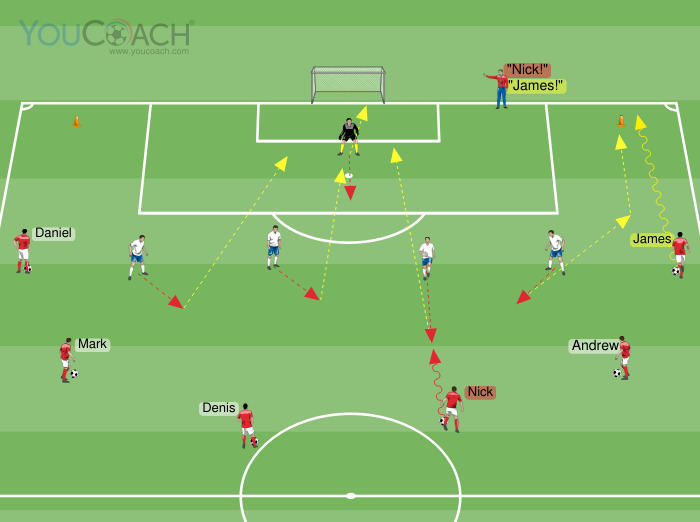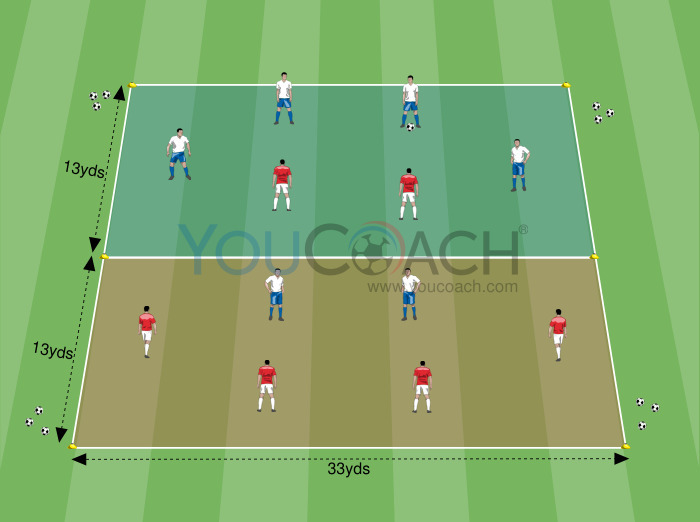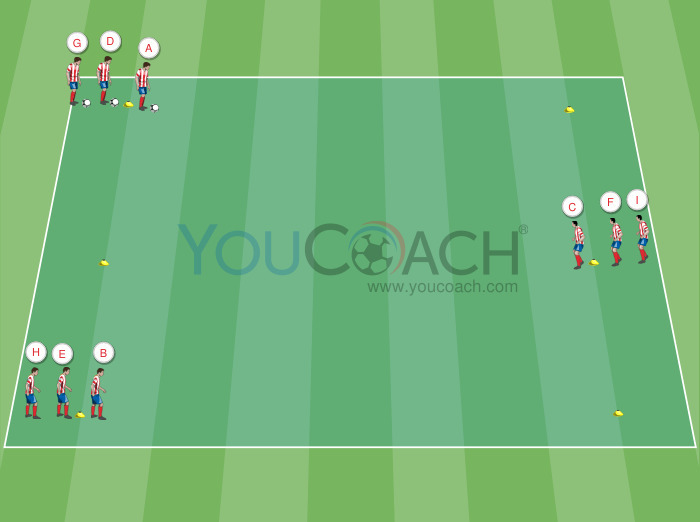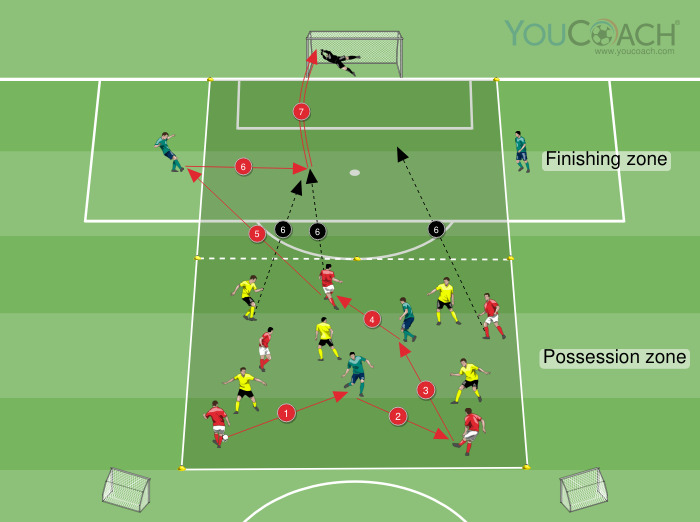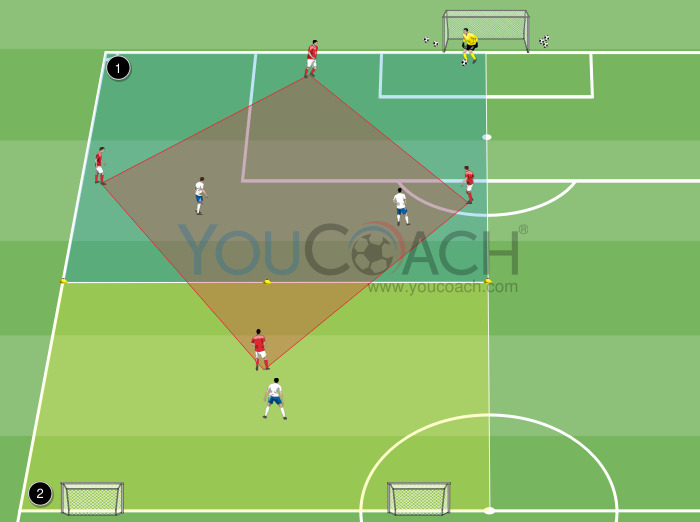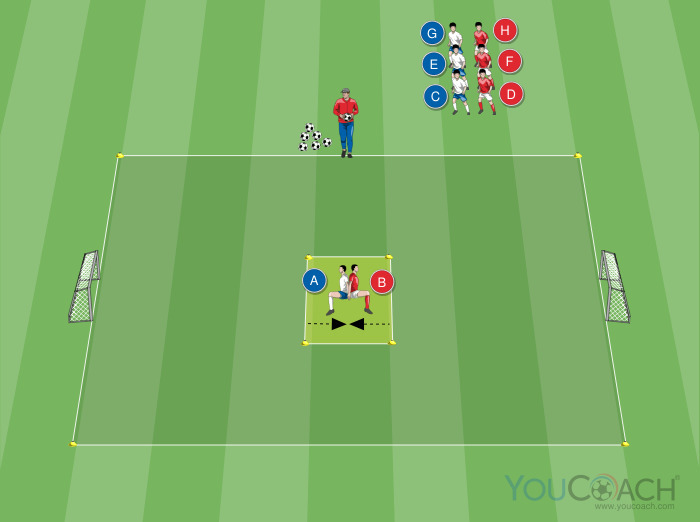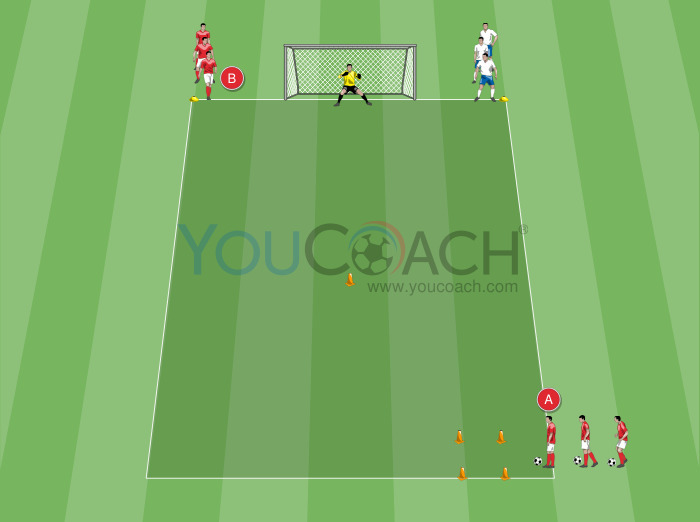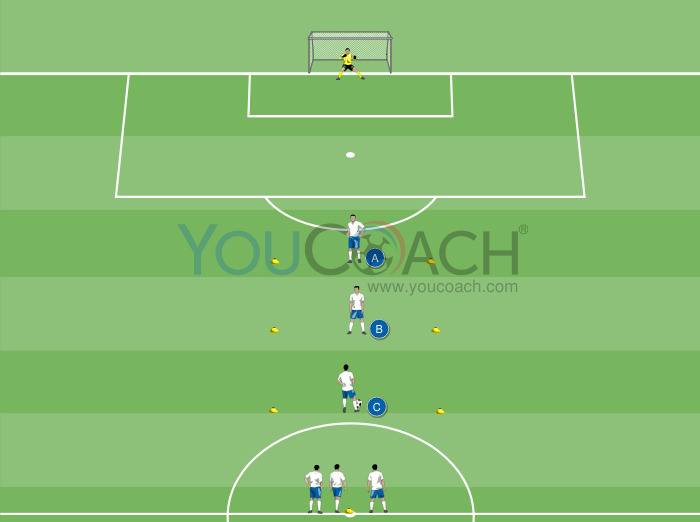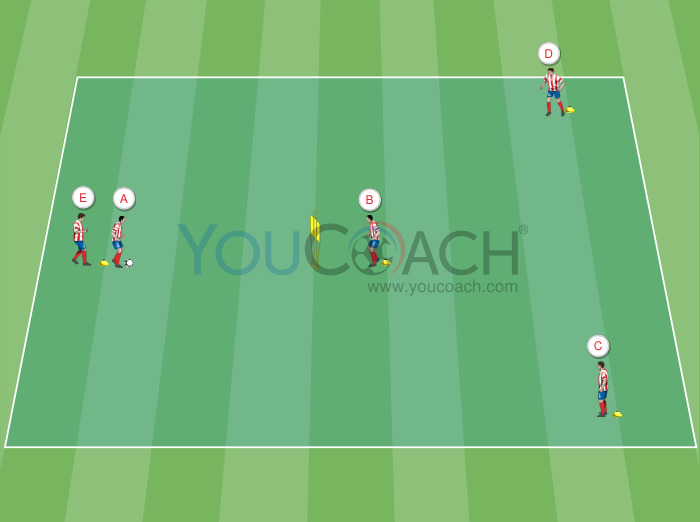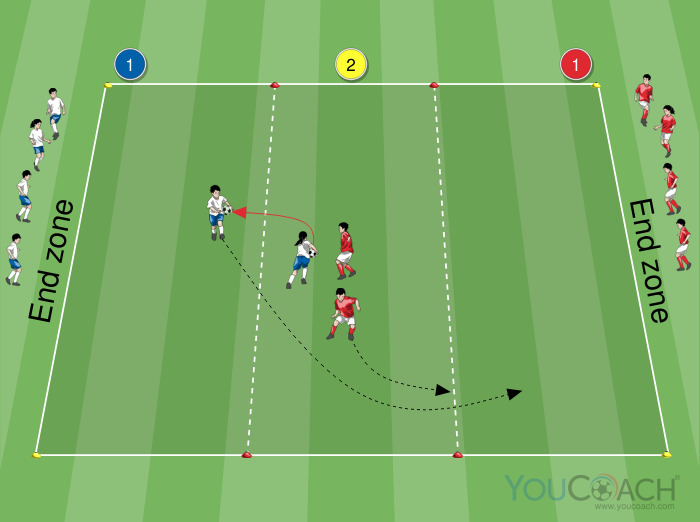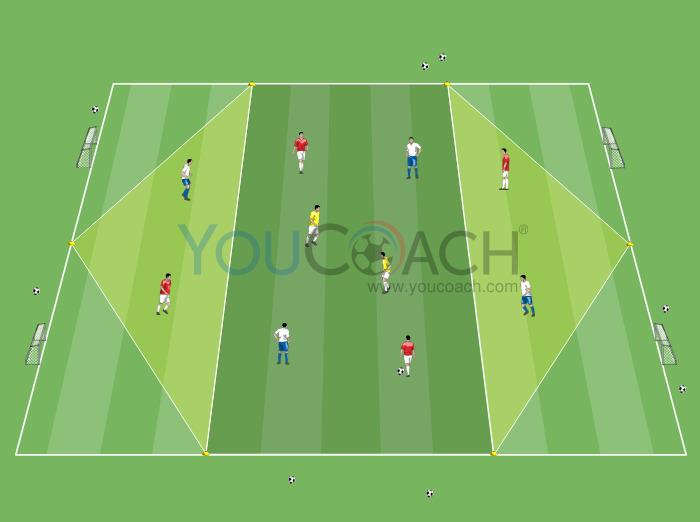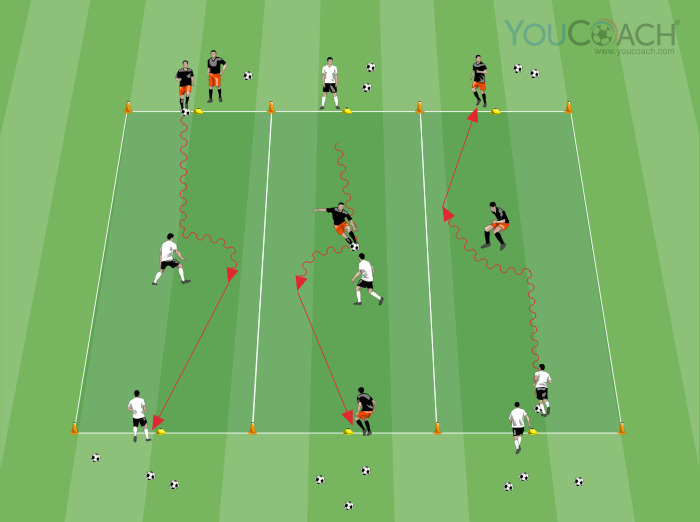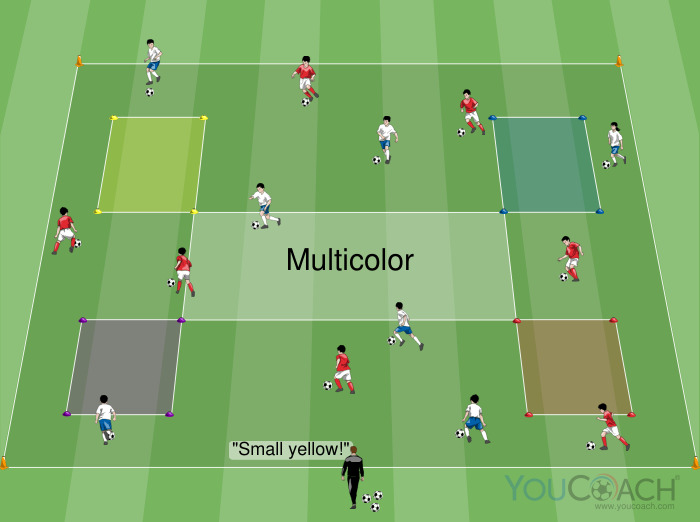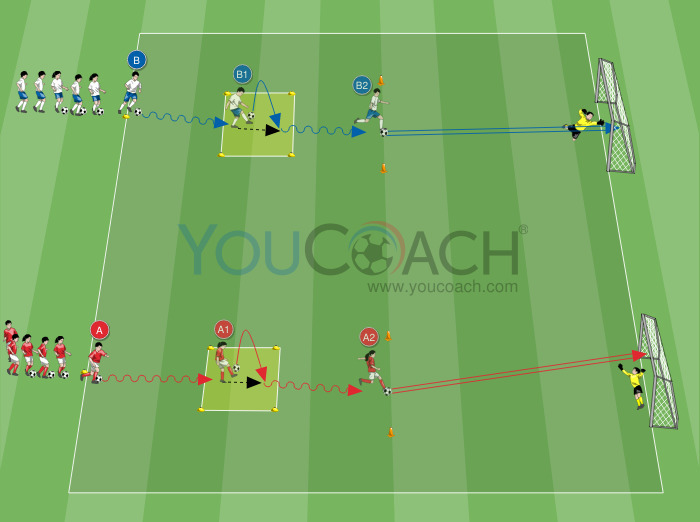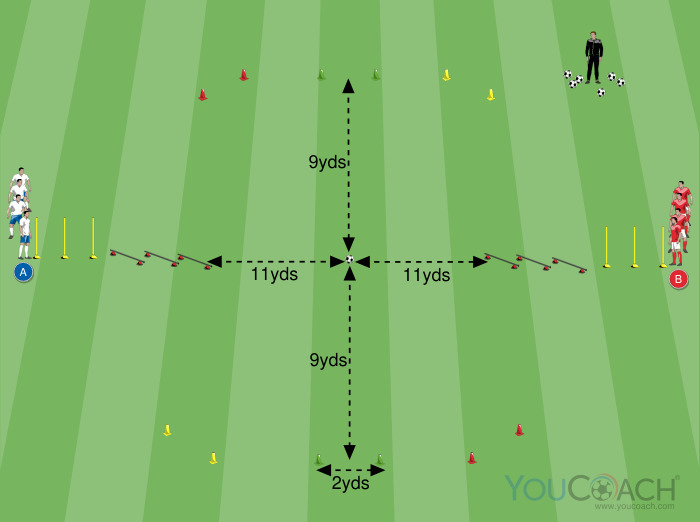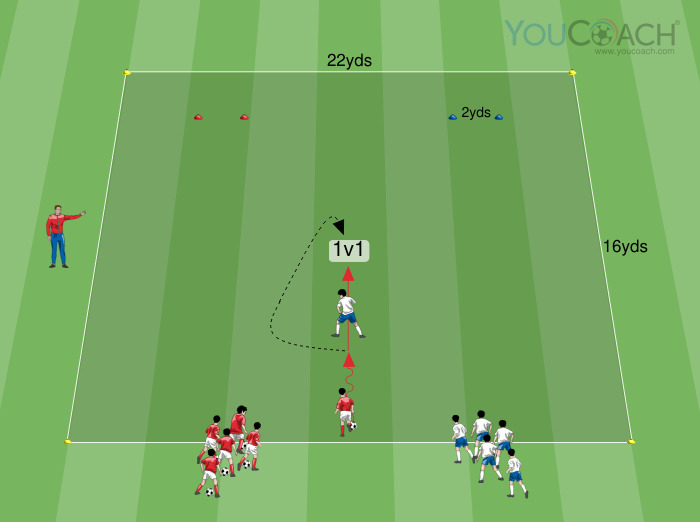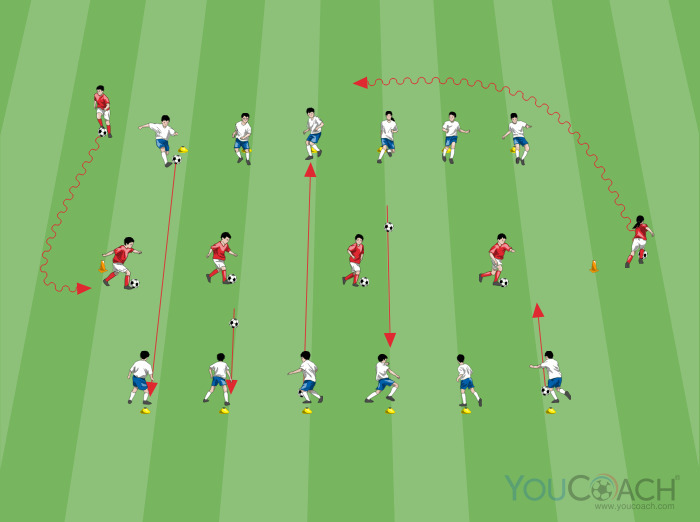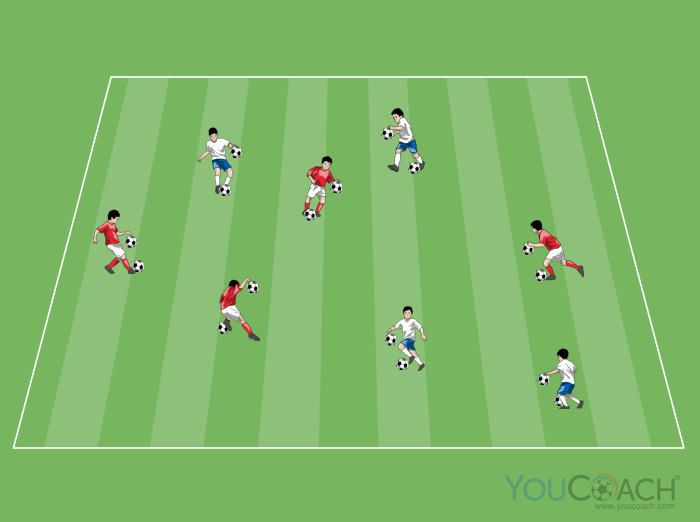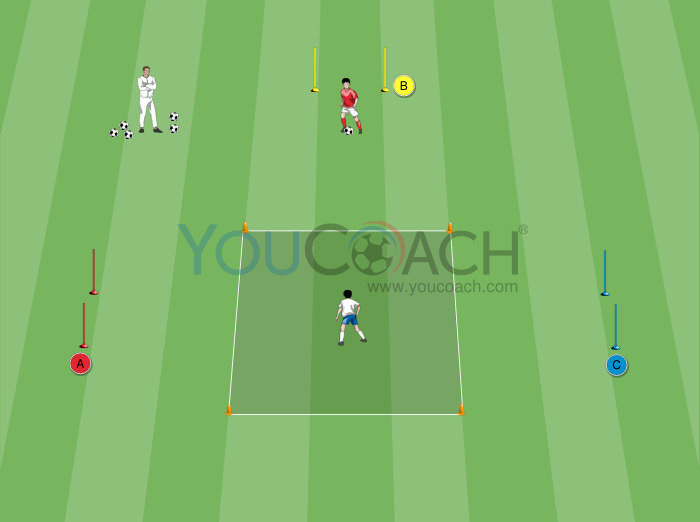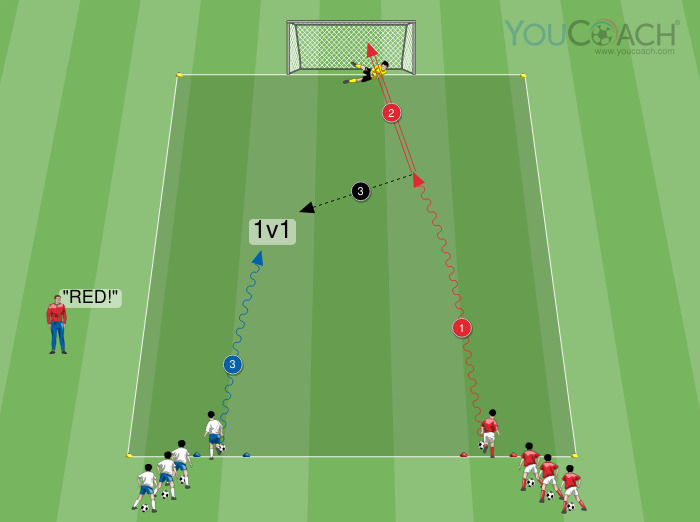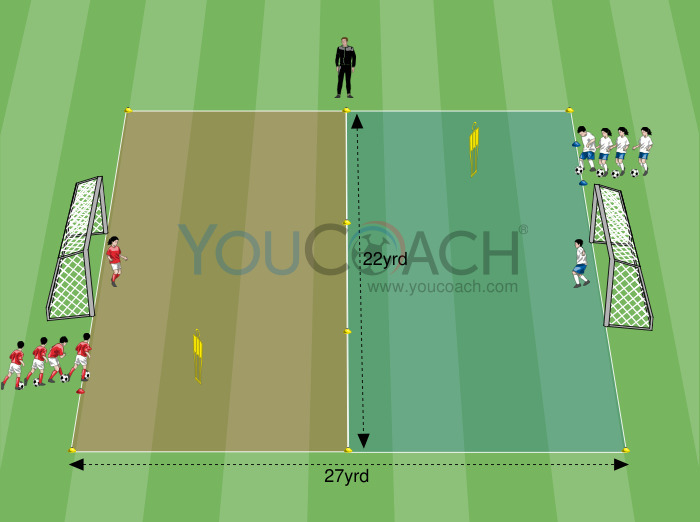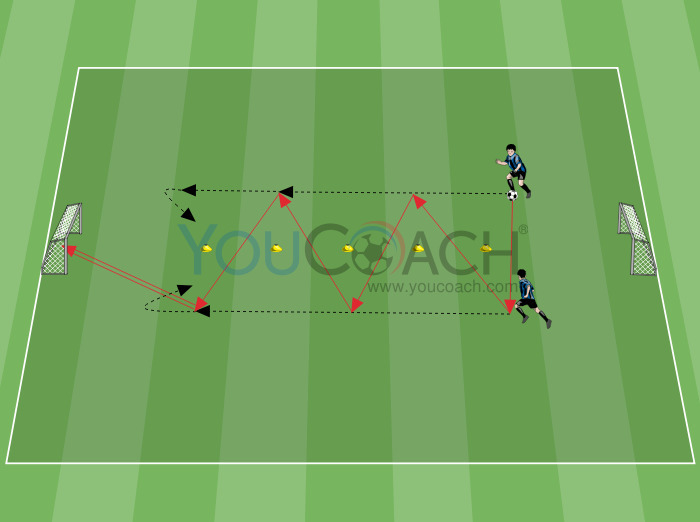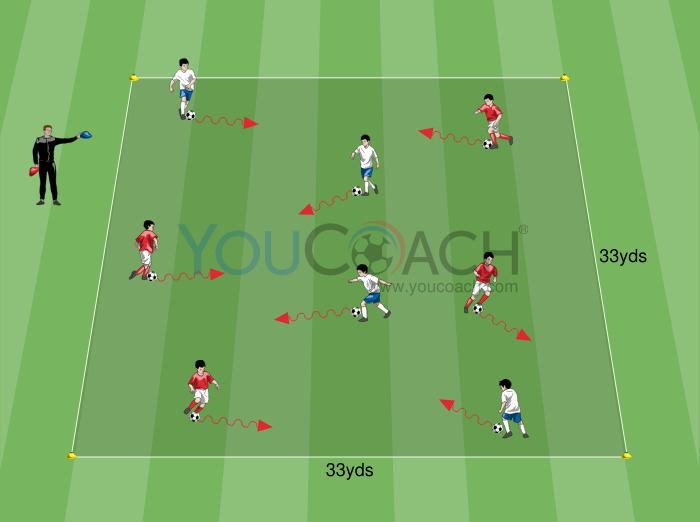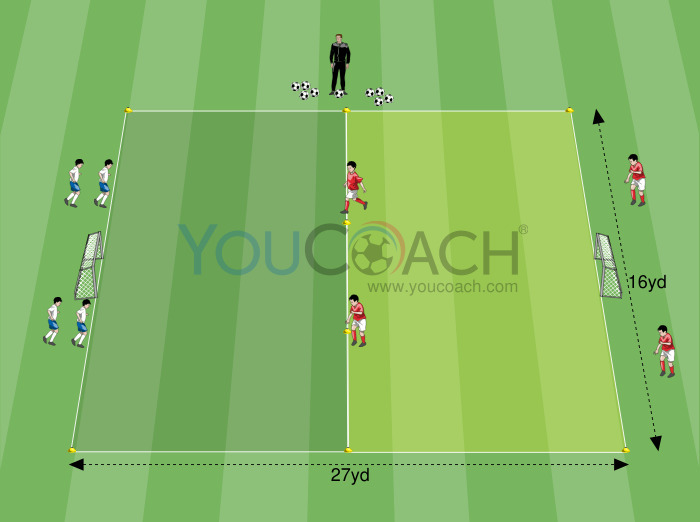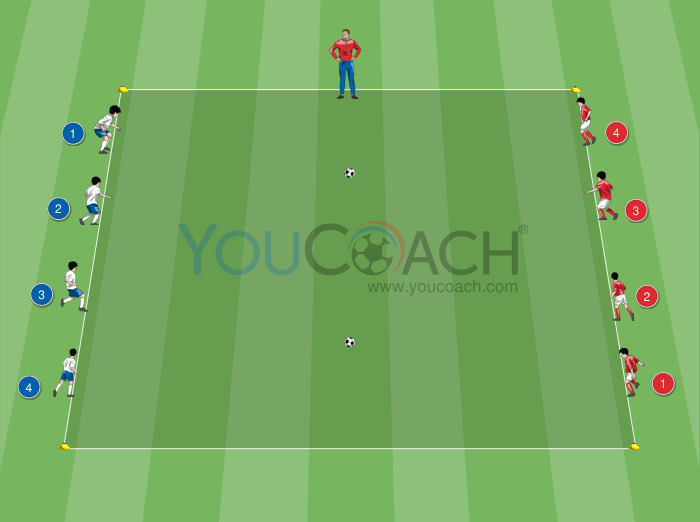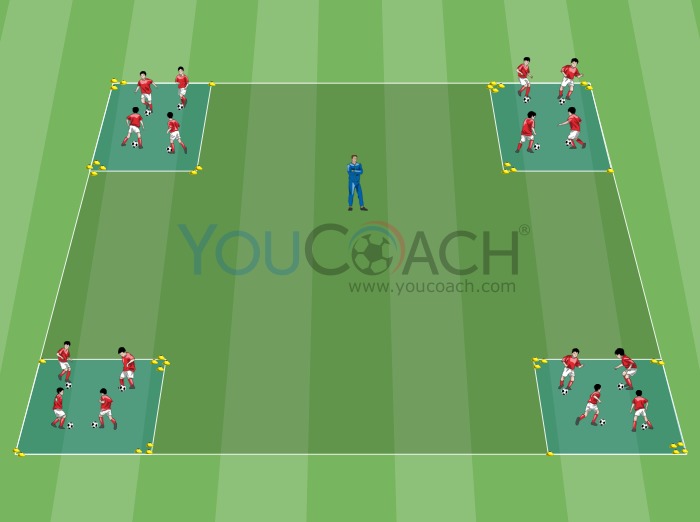Ball touches: the key to talent
Goal
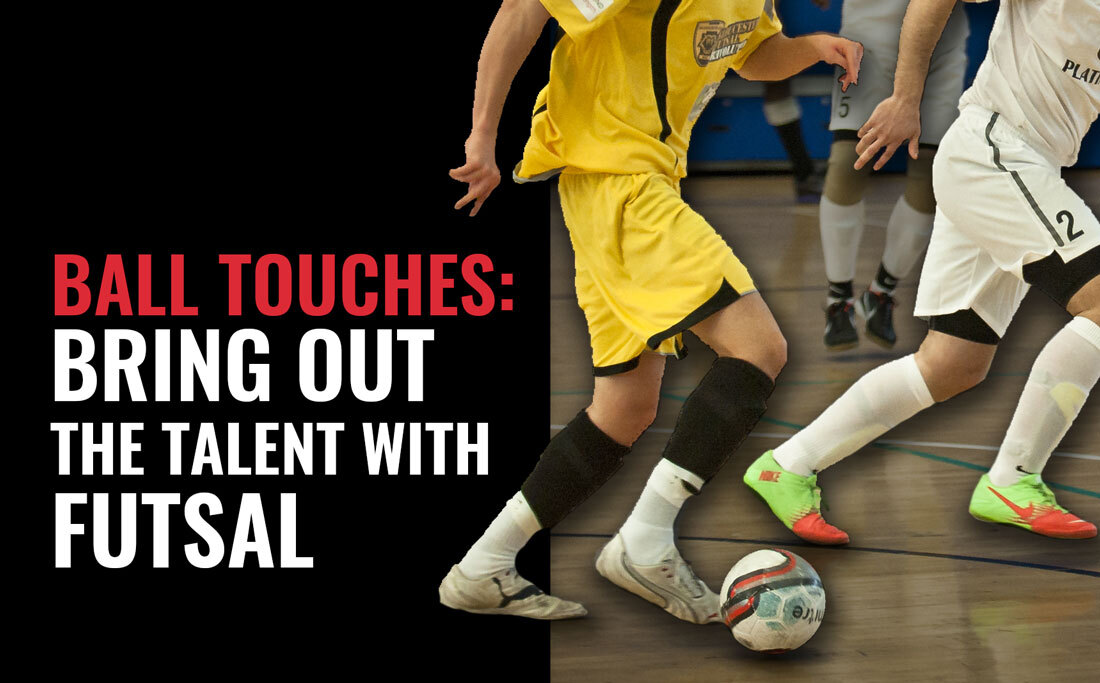
|
In futsal, all gestures and situations are repeated more frequently than on a regular soccer field. Let's see how you can use five-a-side soccer to train talent! |
One of the most interesting books I recently read is ''The talent code'' by Dan Coyle. He and his team focused on observing and investigating talents. They studied different sports, and when they analyzed soccer, they focused on Brazil; both Coyle and another neuroscientist (Douglas Fields) wondered why so many brazilian talents are born.
They came to a surprising conclusion: "futebol de salao", that is five-a-side soccer, was the key to brazilian soccer success. Repeated ball touches make futsal what they call "intensive practice", which stimulates neurological system a lot and contributes to talent growth. A study has shown that a kid who plays futsal from age 6 to 11-12 touches the ball SIX TIMES PER MINUTE more than a kid who plays soccer, and as we know, contact with the ball is the only way to learn this sport. In countries where futsal is practiced from a young age there are more possibilities for talents to emerge (Spain with futbol sala, Brazil with el futebol de salao and Argentina with baby futbol are among the main countries where futsal is played from a very young age).
 The time one devotes to touching the ball is the key to learn a sport and together with this, most important aspect to improve motor skills is a child's motivation; in addition to motivation and learning one should also consider, as said before, the amount of time spent in contact with the ball. This amount of time creates a passion for this sport inside the kid; if a child never touches the ball, they will become bored and will stop playing soccer. Also, kids sense of success in training or matches increases proportionally with the number of goals scored, the number of shoots at goal, the 1 vs 1 duels they played and so on. These opportunities, as Coyle stated, with futsal can happen six times more often than with soccer. The conclusion seems obvious: let's play more futsal with young players in order to grow great adult soccer players.
The time one devotes to touching the ball is the key to learn a sport and together with this, most important aspect to improve motor skills is a child's motivation; in addition to motivation and learning one should also consider, as said before, the amount of time spent in contact with the ball. This amount of time creates a passion for this sport inside the kid; if a child never touches the ball, they will become bored and will stop playing soccer. Also, kids sense of success in training or matches increases proportionally with the number of goals scored, the number of shoots at goal, the 1 vs 1 duels they played and so on. These opportunities, as Coyle stated, with futsal can happen six times more often than with soccer. The conclusion seems obvious: let's play more futsal with young players in order to grow great adult soccer players.Futsal is played in a reduced space, where choices are quick and frequent, where reading a situation correctly and choosing the right solution under pressure is fundamental, because in this sport a mistake turns easily into a goal or a penalty. For this reason, the ideal training method is integrated training programme, that is, the same exercise should include technical, tactical and physical aspects, in particular attention, decision making and perception. These kind of training sessions promote very important aspects such as: game intelligence, creativity, fantasy, imagination, originality... which are necessary skills for soccer.
Which technical and tactical contents should be included in training sessions?
- Power play and numerical inferiority (essentially 2 vs 1, 3 vs 2).
- Remember: it's more productive to work on “how to defend” than on “how to attack”; after consolidating the defense, one can train the attack.
- Another important aspect is to coordinate with the goalkeeper (they are another defender, let's not forget it).
- Even strength (1 vs 1, 2 vs 2, 3 vs 3)
- This must be trained in reduced spaces and with situations that are similar to the actual game.
- 1 vs 1 is futsal's core, but players (both in futsal and in soccer) tend to lack courage for these duels; coaches should encourage players since they're kids to try these duels without fear of failing.
- 3 vs 3 is essential for the defense, the pressure on the ball carrier, closing the passing lines for the rivals.
- Quick finishing
- Always train it with real speed and rythm
- In order to improve play both in soccer and futsal it's fundamental to train it from an early age, because it's the most creative part of this game and it often creates issues to coach's mindset.
- Individual/collective technique (Ball control, pass, feints...)
- Always train it with a global perspective. Analytical training without decision making is almost useless (it only creates robots or “freestylers”)
- Shooting and specific passes (parallel, diagonal, give and go, short, long...)
- Always train shoot at goal together with futsal specific tactical objectives based on a real game situation.
- It's important to train it with the far post as a choice.
- Ball possession
- Check these aspects:
- train it in even strength situations (4 vs 4, 5 vs 5...)
- train it in power play and numerical inferiority situations (5 vs 3, 5 vs 4...)
- increase and reduce spaces
- vary the number of players
- use different types of passes
- change how they recover the ball
- include variations for attention, perception and decision making
- Check these aspects:
- Positional attack and defense (use half of the field)
- Pressing and counterpressing
- Train it from 2 vs 2 to 3 vs 3 up to a real game with the whole team, playing on an increasing field.
- Place-kick situations
- Very modern and important factor, spectacular in futsal.
- Train them to avoid players' boredom.
- Themed games and matches
- Place them at the beginning of a workout.
- When working with children, it's important to start a warm-up with a funny game, in this way kids will be motivated to go on with the rest of the training session.
- The goalkeeper
- Goalkeeper represents more than 50% of a team, and often coaches don't dedicate enough time to their specific training.
- It is mandatory that the goalkeeper also works with the teammates to improve individual tactic skills.
- Knowledge of the game
- Matches can be won or lost in the final minutes, so attackers and defenders must be trained for these moments.
- It's important to train different attacking and defensive strategies.
- Real game
- The actual match should be simulated at least once a week; it can be modified in order to highlight the aspects one wants to work on.

Miguel Rodrigo - Former National Futsal Trainer for Thailand and Japan


